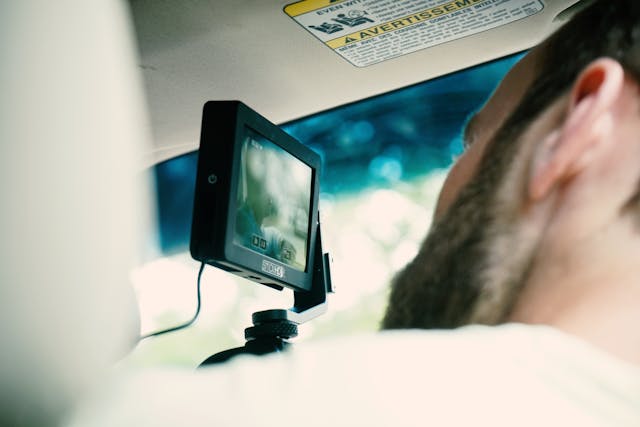Safety is one of the most important factors when buying a new car. With modern technology, manufacturers are adding advanced features to help prevent accidents and protect passengers. Some of these tools were once available only in luxury models but are now common even in budget vehicles. If you’re planning to buy a car soon, it’s wise to know what to look for.
Automatic Emergency Braking (AEB)
Automatic Emergency Braking is one of the most effective safety features today. It detects an impending collision with another vehicle or obstacle and applies the brakes automatically. This function helps reduce the chance of a crash if the driver doesn’t react in time. Some systems can even detect pedestrians or cyclists. It doesn’t replace careful driving, but it acts as a backup during unexpected moments.
Lane Departure Warning and Lane Keeping Assist
Drifting out of a lane happens more often than you might think, especially on long trips. Lane Departure Warning alerts the driver if the vehicle begins to move out of its lane unintentionally. Lane Keeping Assist goes a step further and gently steers the car back into the correct lane. These features work together to ensure the driver stays on course and can help reduce the risk of side-swipe collisions and road departure.

Blind Spot Monitoring
This technology uses sensors to detect vehicles in the driver’s blind spots. If you try to switch lanes while a car is there, you’ll get a visual or audio warning. Some cars may also gently steer you back if a collision seems likely. Blind Spot Monitoring can be especially helpful in busy city traffic or on multi-lane highways. It gives drivers better awareness and more time to make safe decisions.
Adaptive Cruise Control
Cruise control has been around for decades, but the adaptive version is much smarter. It automatically adjusts your speed to maintain a safe distance from the car ahead. If the traffic slows down, your car slows too. Once the road clears, it returns to your chosen speed. This feature adds comfort to long drives and reduces fatigue while ensuring better reaction times in changing conditions.
Rear Cross Traffic Alert
Backing out of parking spaces or driveways can be risky, especially when visibility is limited. Rear Cross Traffic Alert detects cars or pedestrians approaching from the sides as you reverse. It gives an audible alert and sometimes even applies the brakes to prevent a collision. This is especially useful in crowded lots and residential areas.
360-Degree Camera Systems
A 360-degree camera system gives a complete view of your car using multiple cameras. The display usually appears on your dashboard screen and provides a bird’s-eye view. It’s a major help during parking or navigating tight spots. While not a replacement for checking your surroundings, it offers a unique layer of safety that boosts your confidence behind the wheel.
Traction Control and Electronic Stability Control
These systems help maintain control during bad weather or poor road conditions. Traction control limits wheel spin during acceleration, while electronic stability control helps prevent skidding. Together, they improve handling and reduce the risk of sliding during sharp turns or slippery conditions. While they’ve been standard in many vehicles for years, their importance can’t be overstated.
Driver Attention Monitoring
Fatigue is a hidden danger on the road. Driver Attention Monitoring …



 Before you even set foot in a dealership, do your homework. Research different car models that interest you and make a list of features that are non-negotiable for you. Consider your daily commute, lifestyle needs, and budget constraints when narrowing down your options.
Before you even set foot in a dealership, do your homework. Research different car models that interest you and make a list of features that are non-negotiable for you. Consider your daily commute, lifestyle needs, and budget constraints when narrowing down your options.